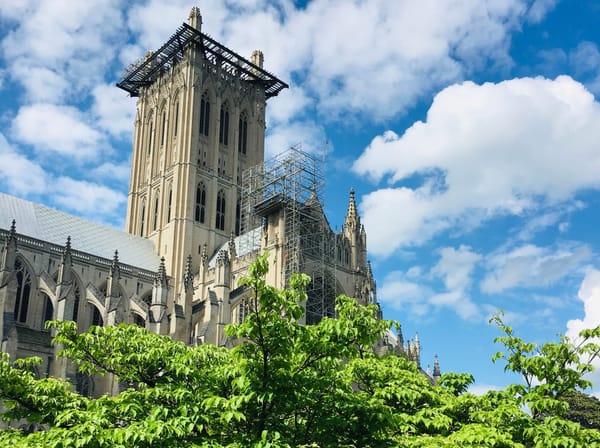Free Paths
In a car-centred city plagued by vehicular pollution, this proposal identifies streets to be modified with human centred design at its core. These streets implement bike lanes, bus lanes, wider sidewalks, and increased tree coverage - all of which encourage the use of alternate transportation.

Wust El-Balad, Cairo, Egypt
In a car-centred city plagued by vehicular pollution, this proposal identifies streets to be modified with human centred design at its core. These streets implement bike lanes, bus lanes, wider sidewalks, and increased tree coverage - all of which encourage the use of alternate transportation. Thus, a web of streets is created which additionally links previously undeveloped open space to be rehabilitated into usable public space with the addition of minimal interventions, such as retractable canopies.
This design uses one example of a government worker commuting to their office building from the suburbs of Cairo to the city centre. This is a prominent example as 27% of the Cairo governante own and operate a private car compared to the 8% of the rest of the population ( Samaha, Abdelrahman; Mostofi, Hamid, 2020). This illustrates that a more extensive public transit system and routes of alternate transit would be beneficial to the city.
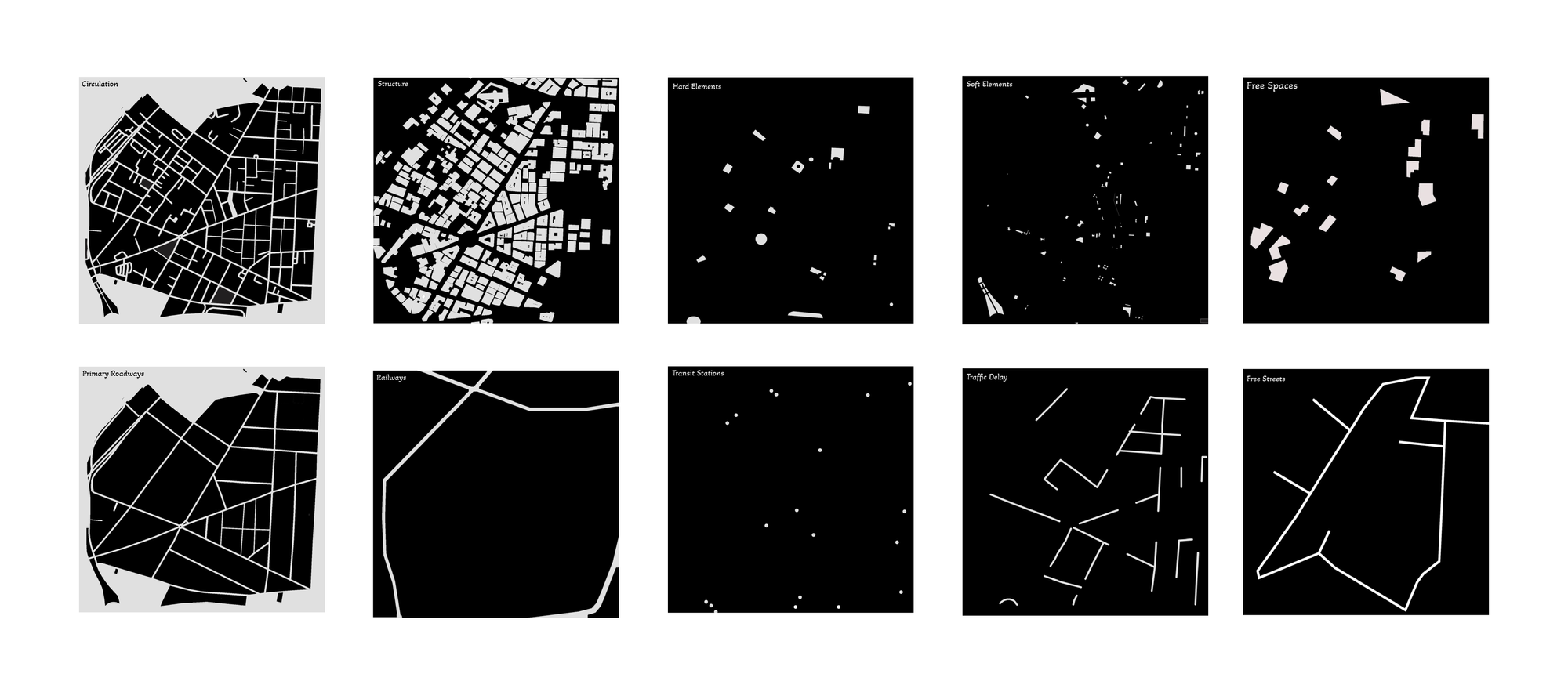
These 10 images form a cohesive site analysis of the Wust El-Balad neighborhood in Cairo. They asses the interaction of the citizens of Cairo with their existing infrastructure, both hard and soft. The analysis is broken down into a rough analysis of streets and structures taking into account everything from traffic patterns to enclosed spaces. The analysis concludes in a decision of where the proposed “free spaces” and “free streets” should be implemented.
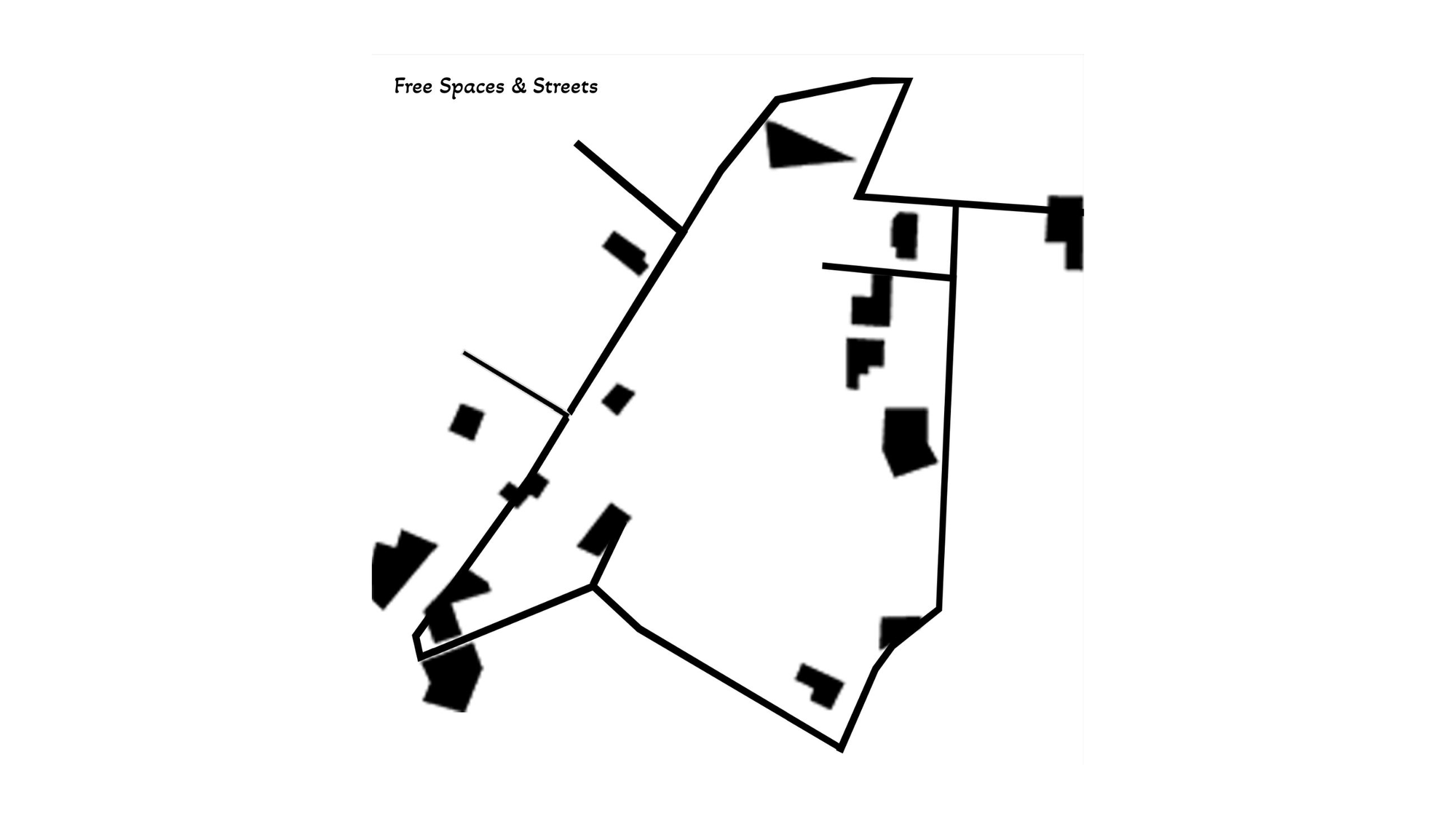
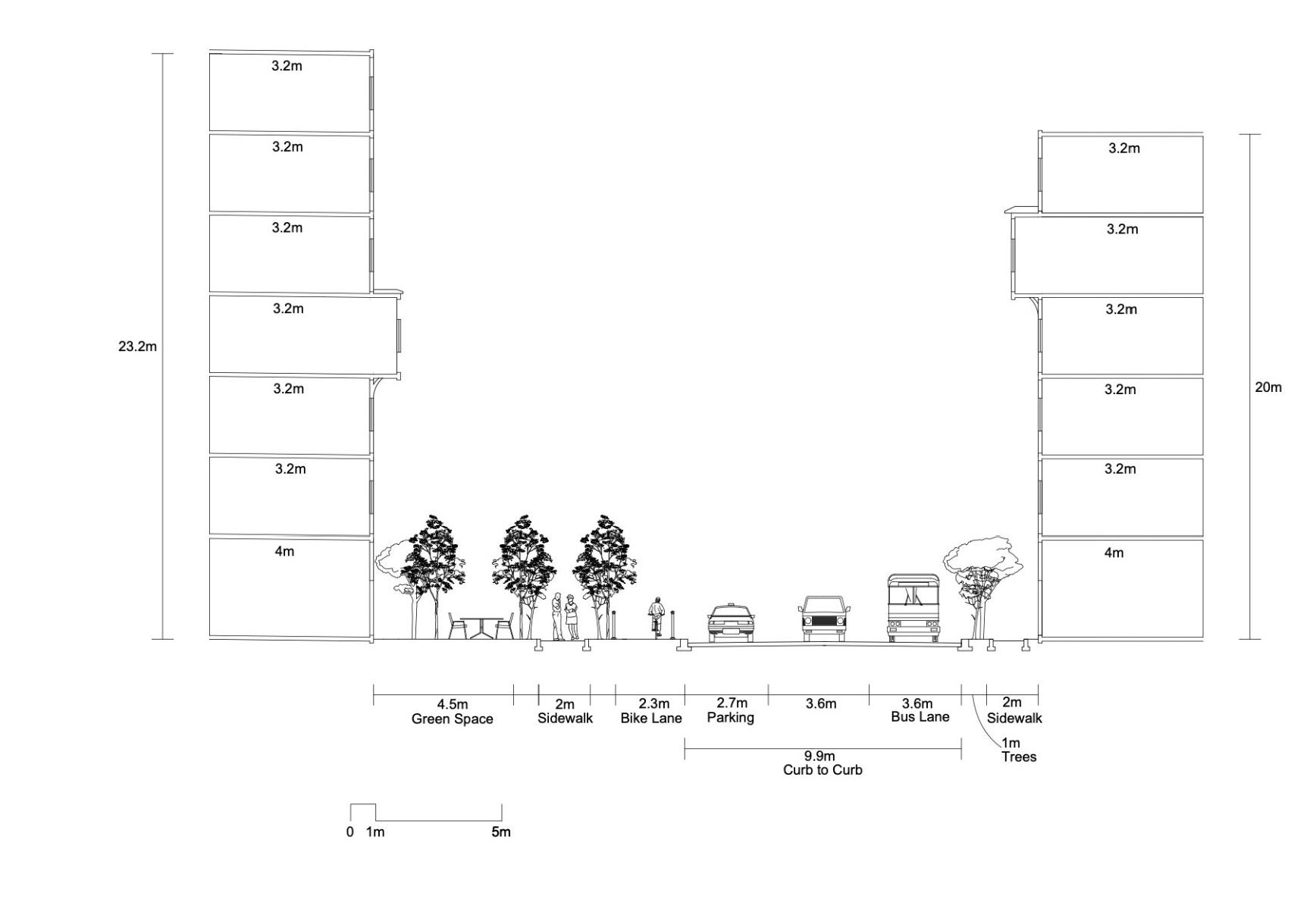
Free Street connections between spaces bring what is happening in each space “outside”. This design encourages alternative transport by implementing a dedicated bus and cycle lane. All new plantings are local, including fig trees, eucalyptus, papyrus all of which are adapted to cairo's climate, requiring full sun and less water. Finally the new pavement is permeable to allow for better drainage in the event of flash flooding.
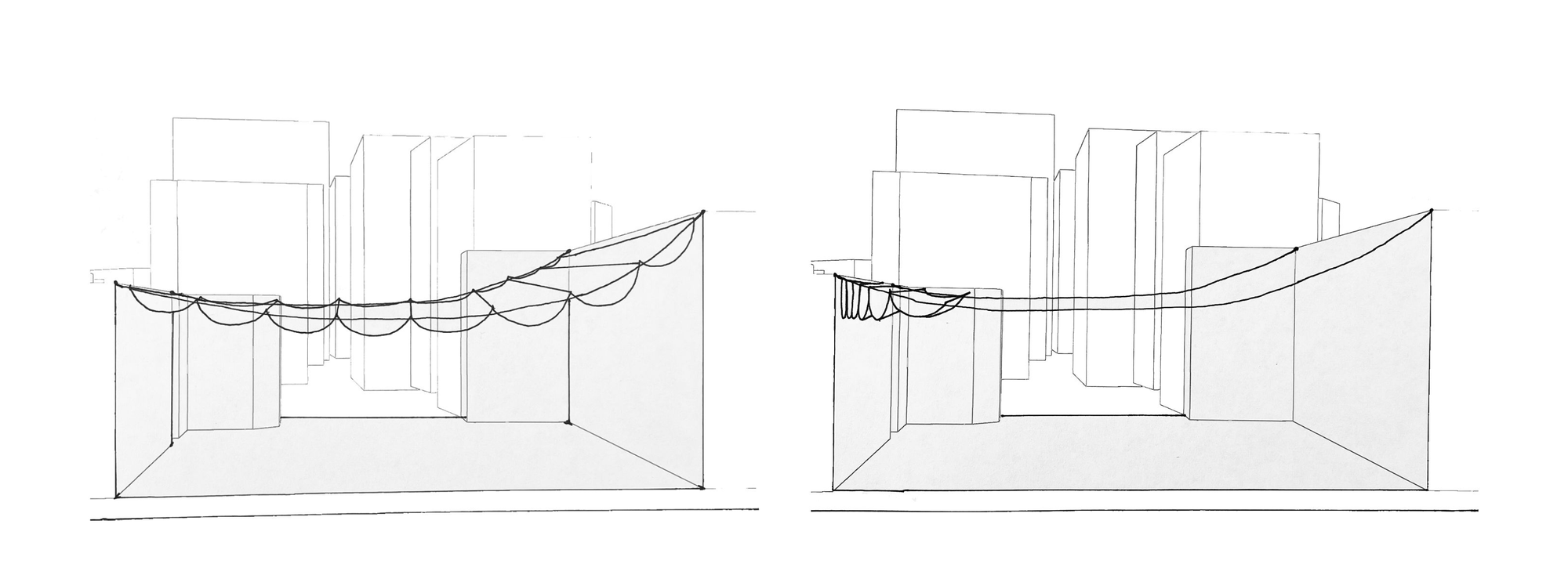
Spatially, the zones utilizes undeveloped and partially developed space in the centre of the city. This design uses what is already there as opposed to developing further outside the city as has become common practice. Socially, these spaces creates a place for the micro community to gather while not assuming what that community needs, this gives space for community development. Environmentally, the spaces provide refuge from busy streets and pollution, and also provides clean connections between spaces via the newly developed streets.
Market Space
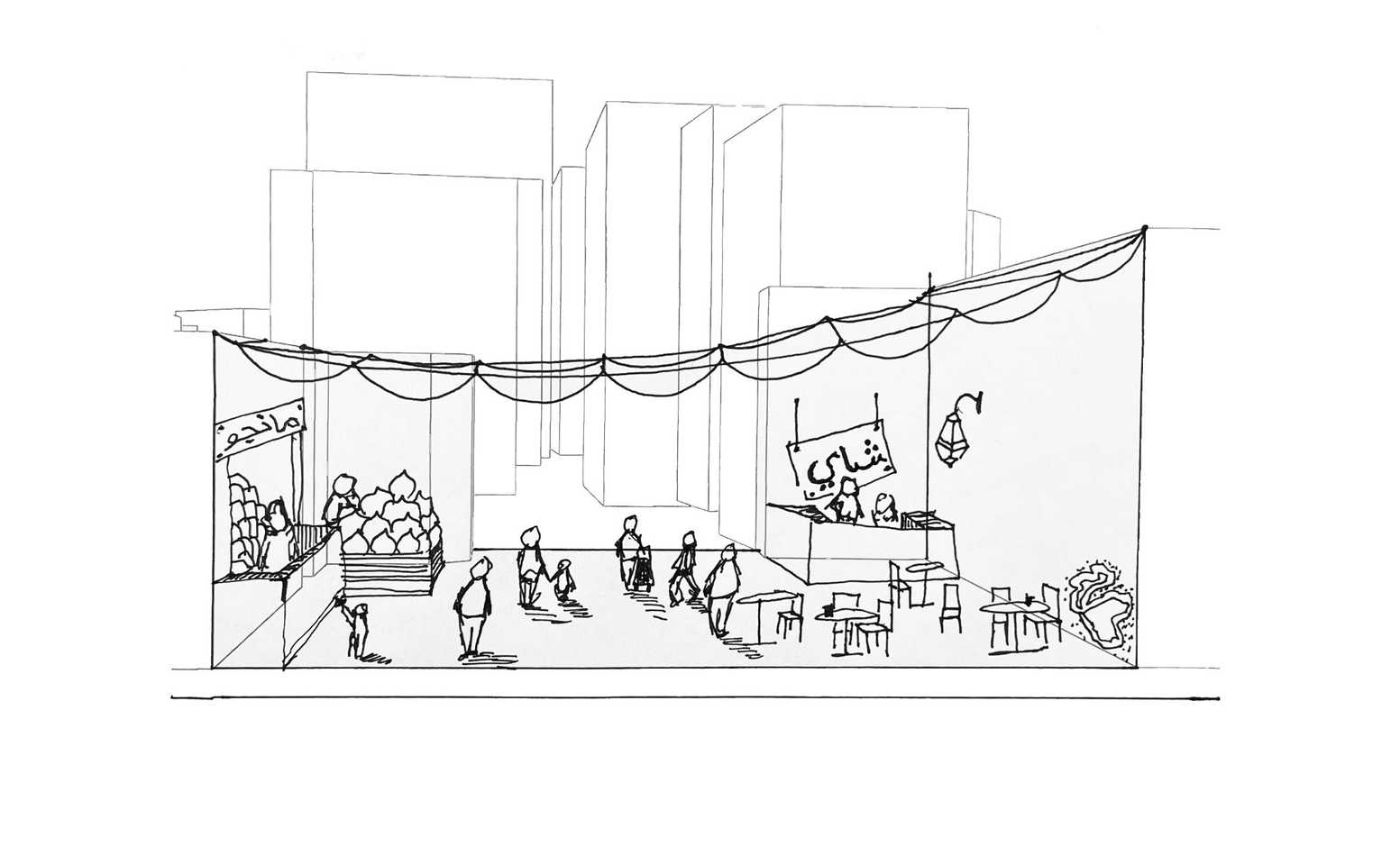
Community Market Space

Play Space





